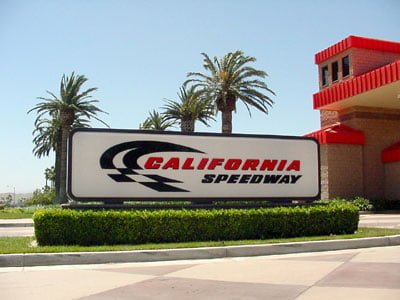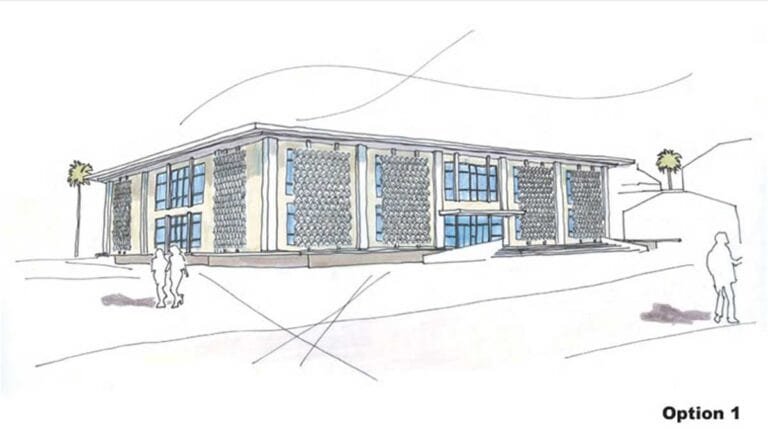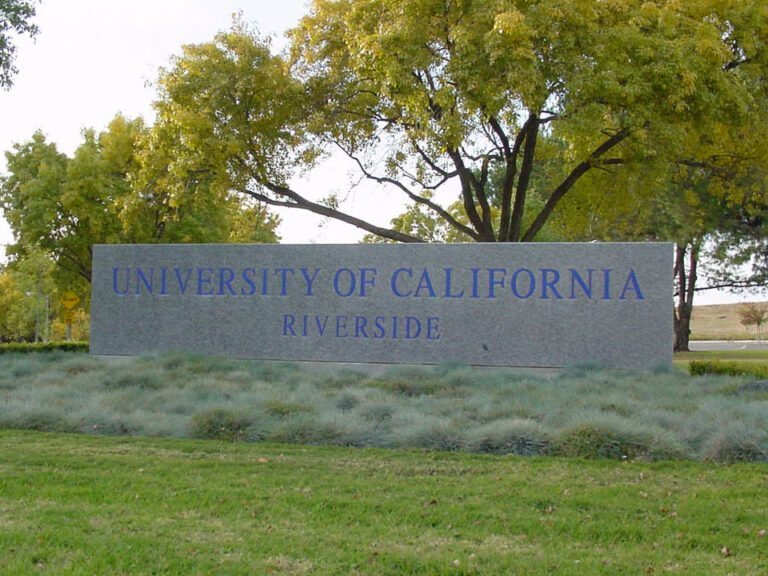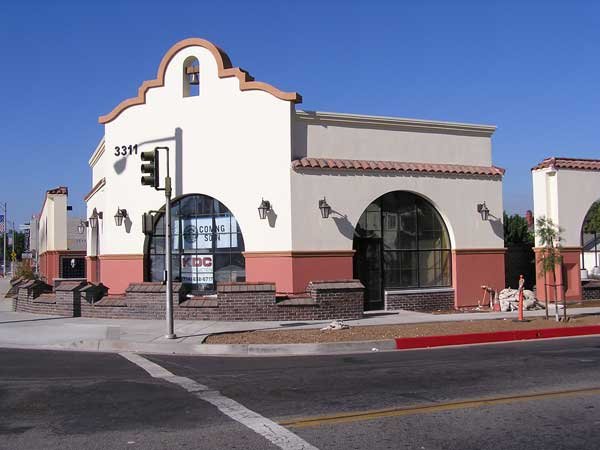Filling the local TV void
In a region without a major, locally-based over-the-air television station, getting worthwhile news reports on TV is often a lost cause. The Los Angeles-based stations are simply too busy trying to cover their own immediate environs to warrant divvying up already limited resources for Inland Southern California. And, quite frankly, when they do venture outside Los Angeles proper, they often do so with indifference.
Fortunately, technology is beginning to lend a hand in changing the face of news coverage for Inland Southern California.
As with many newspapers across the nation, Riverside’s Press-Enterprise has embraced the possibilities of serving locally-produced video via the Internet. Likewise, so too have its chief competitors, the San Bernardino Sun and Ontario-based Inland Valley Daily Bulletin. Though indeed such is likely to play an important role in the future of newspaper Internet sites, the process is still relatively in the infant stages and could use both focus and consistency, particularly in terms of quality.
A few months back, InstantRiverside.com began covering what can best be termed as “hyper-local” news, mostly for Riverside, but also for the Inland region in general. Although not an actual television station, InstantRiverside.com has taken a revolutionary approach in using Internet-based technology to produce both quick-hit and in-depth, TV-style news reports for an area long ignored by the Los Angeles media giants. As such, IR can provide quick and nimble reporting at a fraction of the overhead. And, not only is it free, but it can be watched via the Internet by anyone, at anytime from anywhere.
Though a relatively new concept, IR has great potential. It also has a veteran TV news journalist in Craig Fiegener, who happens to have grown up in Riverside. Fiegener has spent nearly 20 years honing his skills in both radio and television, most recently at KCBS-TV in Los Angeles. Although we have great hopes for IR and fully expect it to survive and grow, where the concept will be 5 five years from now is anybody’s guess. At the very least, it has opened the door — and raised a few eyebrows — with regards to local, television-style news coverage.
About 30 miles to the south of Riverside, a small UHF station has also been taking on the “big dogs” of both LA and San Diego:
John Roberts says he believes many Inland residents are tired of “local” television news overflowing with stories from cities 50 or more miles away.
Roberts, chief operating officer at Temecula’s KZSW-TV, says he envisions the station as the Inland region’s local station.
“KABC is a great station, but it covers all of Southern California,” Michael Couzens (an Oakland-based communications attorney and former FCC staff lawyer) said. “San Diego is a huge market, maybe 2 million. Are (stations based there) going to cover Temecula or Murrieta? Probably not. Even Riverside gets short shrift unless there’s a tragedy.”
Riverside Press-Enterprise – September 20, 2007
Operating as a low-powered television station (LPTV), KZSW-TV began producing a weeknight local newscast approximately 2 years ago. But, up until recently, its reach has been relatively limited to a confined area of southwestern Riverside County. Yet, with the recent addition to Charter Communications cable systems in Riverside, Norco and Rancho Cucamonga, as well as local Verizon systems, KZSW’s footprint has grown considerably (upwards of 120,000 households). However, the fact remains that it cannot be picked up over-the-air in a wide area, nor is it carried by satellite carriers, such as DirecTV.
Although these examples of trying to fill the local TV void and are worthy, crafty and even innovative, and are indeed providing a much needed service, the fact remains that Inland Southern California is unlikely to ever receive proper, locally-based television service without first becoming separated from the Los Angeles television DMA (Designated Market Area). However, due to the power and influence of the network-owned stations in Los Angeles — whom are not likely to easily forfeit approximately 25% of their market — the creation of an Inland DMA is likely to require something on the order of Congressional authority.
Yet, in light of huge population growth (and future projections), particularly out west in the days long since TV markets were first established, we think it’s not only worth the effort, but long overdue.
Moreover, if countless stations and markets, particularly in areas on the east coast, can co-exist within close proximity — including several neighboring, metropolitan DMA’s such as Washington D.C. and Baltimore (38 miles), Boston and Providence (50 miles), Cincinnati and Dayton (52 miles), Kansas City and Topeka (61 miles), Detroit and Toledo (62 miles), Buffalo and Rochester (78 miles) — then surely, Inland Southern California, with a population of 4 million, deserves the opportunity to have its own local market adjacent to Los Angeles (60 miles), Palm Springs (60 miles) and San Diego (90 miles).
Finally, we say that in a nation with 210 TV DMA’s, a strong case for a 211th could easily be made. And indeed, if Inland Southern California is large and expansive enough to have its own radio DMA — which it does — then why cannot the same be said for television?
Related
- Riverside Press-Enterprise – Low-power station KZSW covers Inland life
- InstantRiverside.com
- KZSW-TV
- U.S. Television Designated Market Areas
Previous
- RaincrossSquare.com – InstantRiverside.com (May 2007)
- RaincrossSquare.com – Local TV?? (June 2005)





